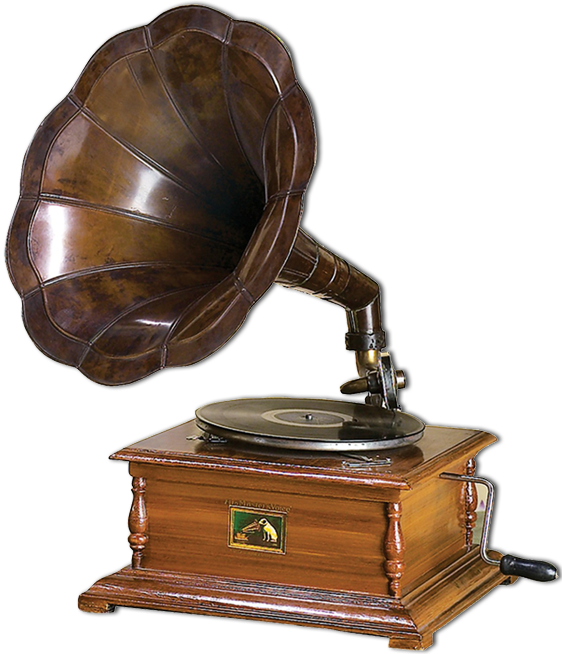Ajani said:
Vladimir said:
The general conclusion of that article is that plate amps can be undersized for the application.
In my past 2 days of testing the little JBL LSR305s on a brief occassion I've pushed them to clipping with some major bass pounding tracks and it was amusing to me hearing only the bass bottoming out, yet the top end remaining perfectly clear. Of course I don't expect wonders from an amp the size of my pinkey fingernail.
How loud were you playing them and what size is the room? I've never really tested how loud my similarly sized active speakers can go, but at uncomfortably loud volumes in a 25x12ft room they've never lost their composure. And the bass sounds ridiculously impressive considering that the woofers are just 5 inches.
That's the problem with these. I played them so loud I have ringing in my ears second day now. At the moment I had no idea I was doing it since I wasn't hearing distortion at all where I would typically back off. Only on two occassions with some very congested bass heavy music. The midbass drivers produce a lot of thundering, tight and purrring bass, yet they barely move at all, just slightly wiggle. If there was clipping, it must have been the amp. I'm still suspicious if I was hearing distortion or the bass drivers were coupling because the desk was shaking, I could even feel it on the floor, despite all the foam and sand I used as dampening. Or it could have been just rubbish recordings on Tidal. I can't tell for certain.
As for the expected clear, dynamics, dry bass and analytical sound, I honestly am hearing smooth, very nonfatiguing sound and the bass is relentless but not boomy. Clarity appears only on certain recordings. On my B&W CM1s regardless what I played there was a hole in the upper midrange and some presence was missing. With these JBLs it feels very recording dependant. Some sound dull, some exciting, some have presence, some don't, some tracks have too much bass, it's sickening, and others lacking. Unfortunately I hear a lot of distortion on some music from Tidal and the loudness compression seems more obvious. I don't know if the streaming rate is dropping at times, or is it the watermark distortion or they just have low upsampled 128 mp3s or baddly ripped 320s... No idea. But it doesn't sound as good as my CDs and can't get as loud without distortion.
I'm not sure if these JBL LSR305s really are representative of how proper studio actives sound. Dry bass, brain piercing clarity on everything, fatiguing harsh brightness, excesive analytical sound... I get none of that. They just groove with the music and are very enjoyable to listen to, if not to look at.
Sorry for the mini review. Carry on.
🙂





